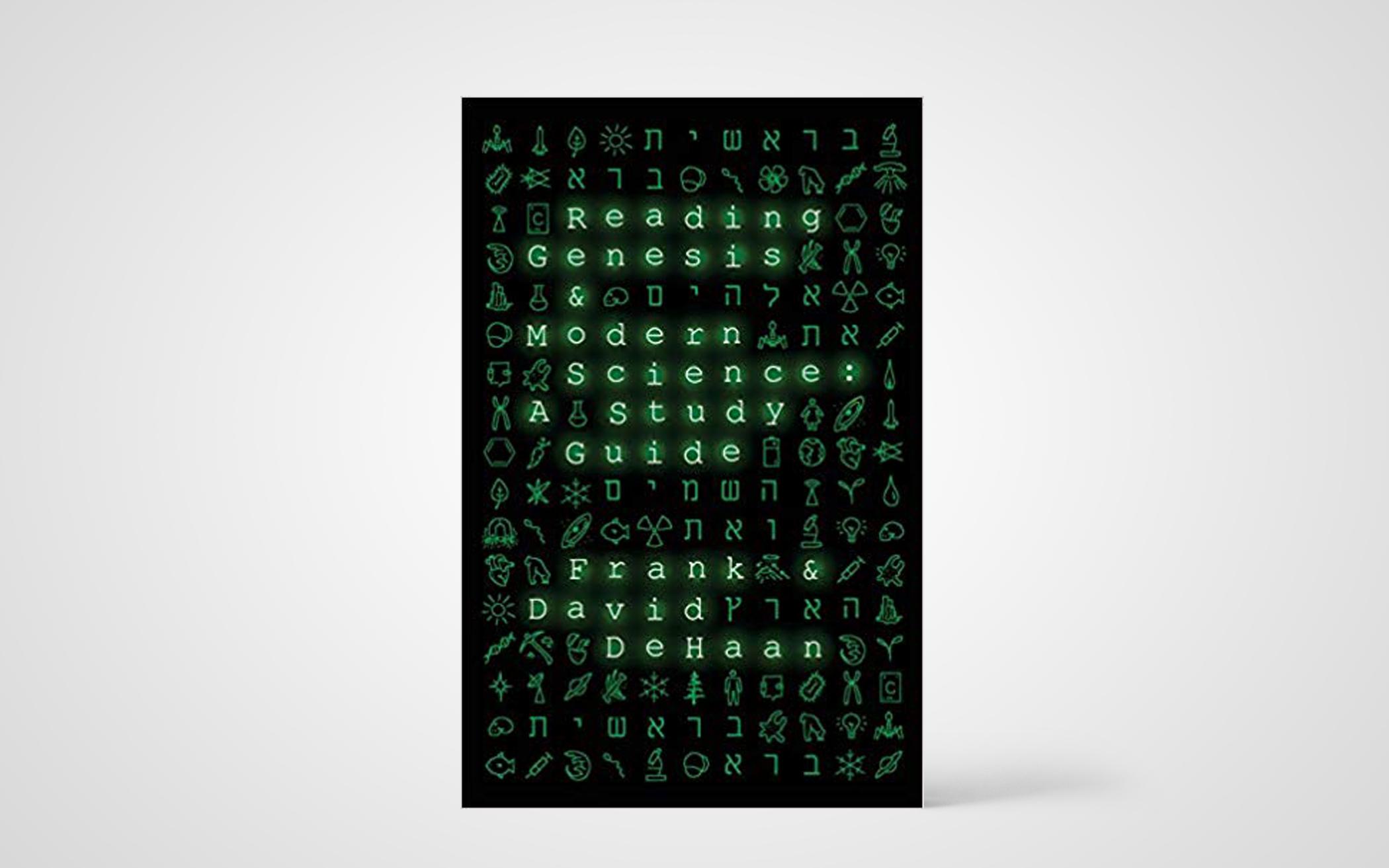This volume is a study guide to help Christians think through challenging and practical questions regarding the age of this home we call Earth and our immense neighborhood of stars reaching out into the universe. So many of us, young people especially, are asking what evidence scientists have that the earth is 4.5 billion years old and the universe is 14.5 billion years old. Does the Bible really teach that everything began 6,000 years ago? How does a 21st-century Christian face the facts of scientific inquiry and also take the Bible seriously?
In this study guide, two Calvin College graduates, now father/son professors of chemistry, walk us through geologic, chemical, and astronomical evidence for the earth’s ancient past and how these topics intersect with biblical teaching.
In order to appreciate the strength of the evidence for an old earth and universe, the authors present three lines of inquiry. The first of these is geologic evidence, where they focus on the continental drift. Geographers have noticed how the east coast of South America and the west coast of Africa could fit together like pieces of a puzzle. Identical plant and animal fossils as well as matching rocks along the coastlines support the idea that at one time these continents were joined together. Geologists point out that the two tectonic plates at the bottom of the Atlantic Ocean are moving away from each other at a rate of 2.5 to 5 centimeters per year. The conclusion is that these two continents separated approximately 200 million years ago. This study does not prove the exact age of our planet, but it does demonstrate that this home where we live is older than the 6,000 years claimed by young-earth scholars.
The second line of evidence for an old earth comes from a study of radioactive decay, or, more specifically, carbon–14 dating, which is used to date the demise of once-living objects within the last 50,000 years. Through their expert knowledge of this subject, which the average reader may not fully grasp, the authors show that for more ancient dating, scientists use the decay process of uranium–238, which clearly points to the beginnings of this planet in the long-distant past, i.e., about 4.5 billion years ago.
The third line of evidence comes from astronomical studies with insights from what is called the Big Bang Theory. With the help of powerful, modern telescopes we learn that the millions of galaxies in the universe are traveling away from one point at a proportional speed. By reversing that travel time, we find that the universe had a beginning approximately 14.5 billion years ago.
The De Haans analyze the origin of the young earth claims and show how untenable they are in view of the findings of modern science. They go on to show that there are faithful interpretations of Genesis 1 that are compatible with their scientific conclusions. The authority of Scripture and the belief that one Creator God brought into existence this material world ex nihilo are consistent with the insights of modern science.
This volume is highly recommended for Bible study groups, church education classes, and young people’s discussion groups, especially since questions are provided along with suggestions for answers with intellectual and scriptural integrity. (Credo)
Have you read something good lately? Submit your review here!
About the Author
George Kroeze








